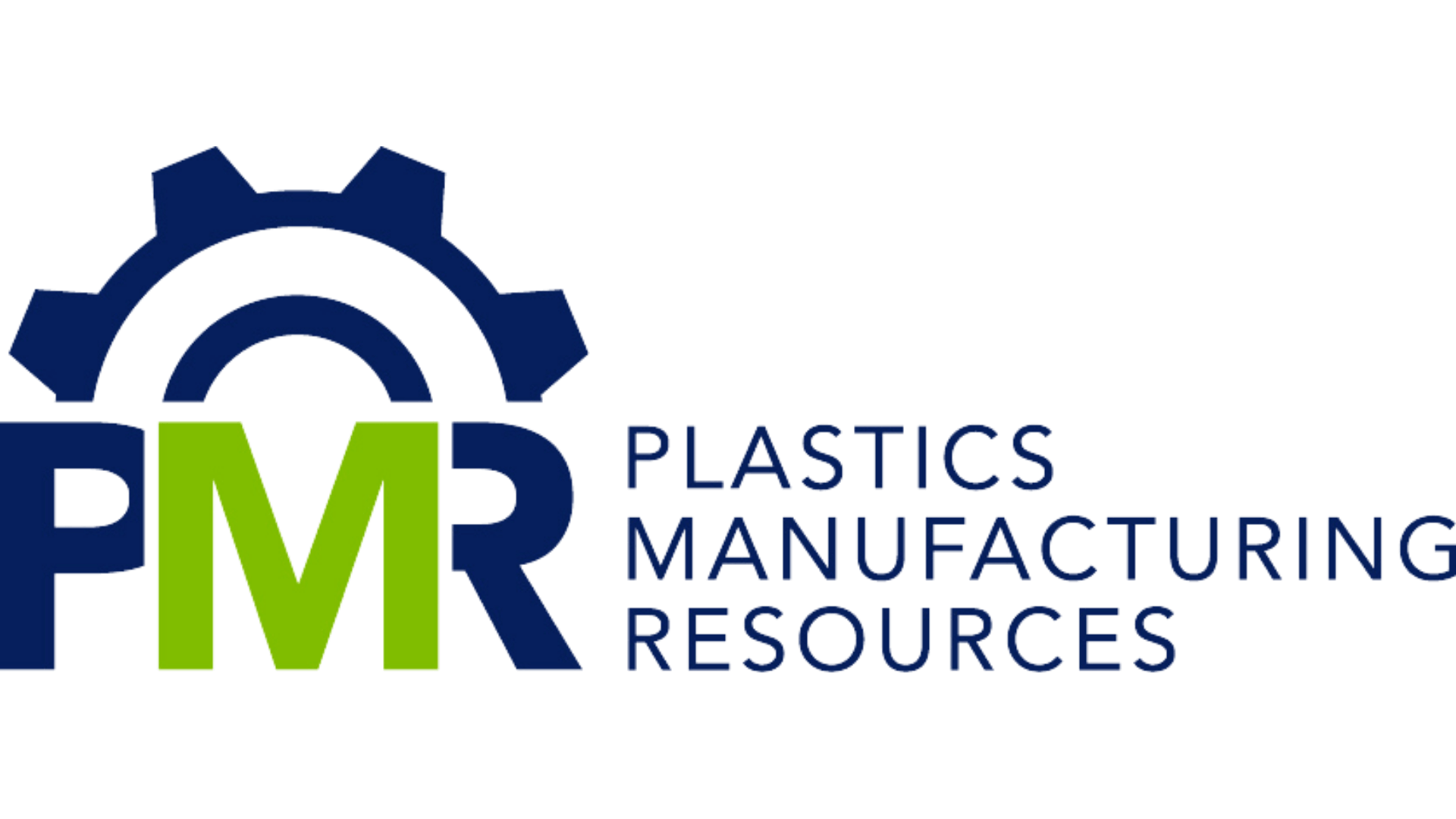The term “additive manufacturing” references technologies that grow three-dimensional objects one superfine layer at a time. Each successive layer bonds to the preceding layer of melted or partially melted material. Objects are digitally defined by computer-aided-design (CAD) software that is used to create .stl files that essentially "slice" the object into ultra-thin layers.
This information guides the path of a nozzle or print head as it precisely deposits material upon the preceding layer. Or, a laser or electron beam selectively melts or partially melts in a bed of powdered material. As materials cool or are cured, they fuse together to form a three-dimensional object. Or, a resin-based process that uses digital light projection, oxygen-permeable optics, and engineering-grade materials to produce polymeric parts with exceptional mechanical properties, resolution, and surface finish.
Advantages Of 3D/Additive Manufacturing
- Lower production time
- Flexibility of design
- Faster prototyping
- Automation
- Reduced waste
- Simplified production process
- Accelerated prototyping
- Fewer energy needs
Technologies Used
- Stereolithography (SLA)
- SLA QuickCast
- Multi Jet Fusion (MJF)
- Digital Light Synthesis
- Fused Deposition Modeling
- Direct Laser Metal Sintering
- PolyJet 3D Printing
- Selective Laser Sintering (SLS)
- Urethane Casting
- Wax Casting
- Metal/Investment Casting

